Drone technology is advancing and is gradually being used more and more in the development of Smart Cities. Smart Cities are areas that collect data using digital technology, so integrating drone technology with Smart Cities seems like a good idea. These drones can be used for a variety of purposes, such as surveillance, delivery of goods, transporting people, photography and more. However, although drone and eVTOL technology has many advantages, it also presents certain obstacles that we will address in this article.
Purposes of drones in Smart Cities
Acceptance: Privacy and cybersecurity
The integration of drones and eVTOL is a revolution that may not be equally accepted by the whole population. There are many good uses for drones and eVTOLs, such as surveillance, traffic control, delivery of goods, transport of people… but they can also be used for not so good purposes, such as espionage, smuggling…
In addition, the information captured by these systems must be stored securely and it is necessary to ensure that this is done in accordance with privacy legislation. The trend is for this data to be stored in the cloud, which opens the debate about the knowledge of those involved and without the security of the information. This data transmitted via wireless networks, being sensitive to viruses and malware and hacking. Public acceptance of these systems will require robust solutions to these issues.
Regulation: Legislation and standardisation
The increased use of drones and their interaction in Smart Cities would require new rules and regulations to ensure the safety and privacy of civilians, which may take time. Aviation authorities are developing policies for the regulation of the sector, gradually allowing more widespread use of these autonomous vehicles.
The future of drones in Smart Cities will have to be fully integrated into the airspace, through UTM services. In regulatory terms, there is still some way to go. Companies and governments need to agree and put in place the necessary measures to boost Urban Air Mobility (UAM). However, it is clear that the drones will play an essential role in Smart Cities. The creation of sustainable alternatives for transport in large capitals is getting closer every day. Road congestion will be reduced, places will be accessed quicker and carbon emissions will be reduced.
Safety: Infrastructures and Components
Drones can also endanger public safety, either by accident. Accidents can occur if the user loses control of the drone or if the drone malfunctions, and the impact varies depending on the size and weight of the drone. Accidents created in this way can injure the public and cause economic losses if drones collide with a building or other object.
Accidents between aerial vehicles, either between two drones or between a drone and a conventional manned aircraft, pose the greatest danger. However, most of these incidents can be avoided by using systems such as ADS-B or Remote ID, which identifies nearby aerial vehicles and moves the drone away from them, performing an autonomous detect and avoid procedure.
At Embention, we are convinced that the future of the UAM lies in guaranteeing drone and eVTOL safety. For this reason, Embention has developed its 4x Veronte Autopilot with integrated triple redundancy and the possibility of adding a fourth core to provide greater dissimilarity to the system. Furthermore, this advanced control system is developed according to DO160, DO178 and DO254 standards, which guarantees the reliability of both hardware and software. We are sure that the transport of the future in Smart Cities will be drones, so we continue to work so that the drones populate our skies and urban aerial mobility can become a reality.

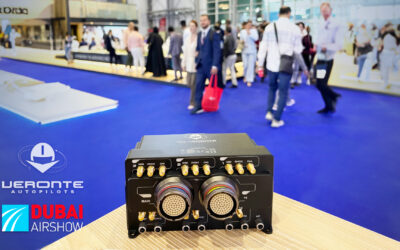

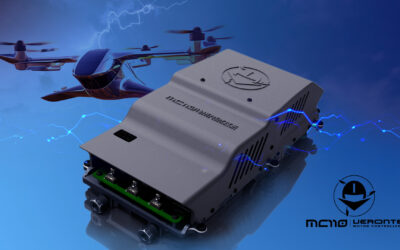


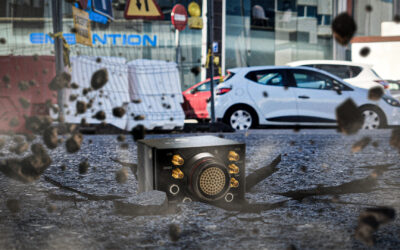


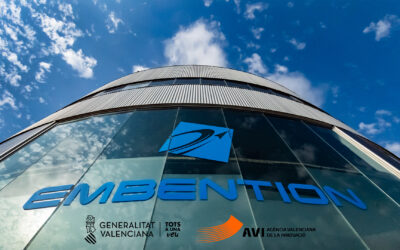

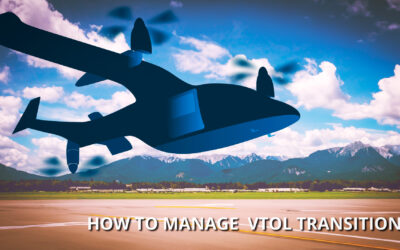
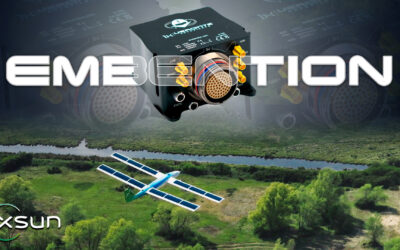

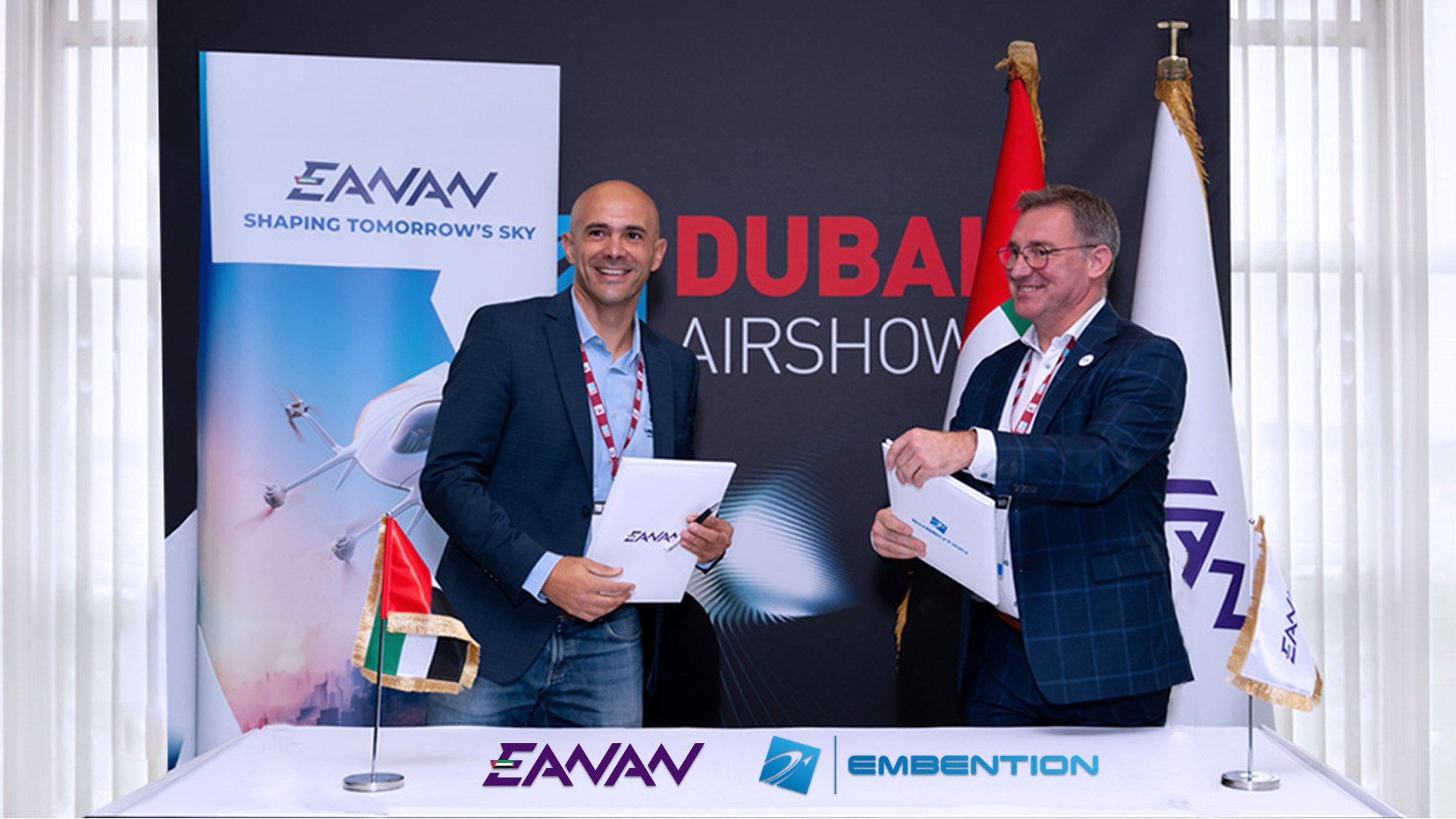
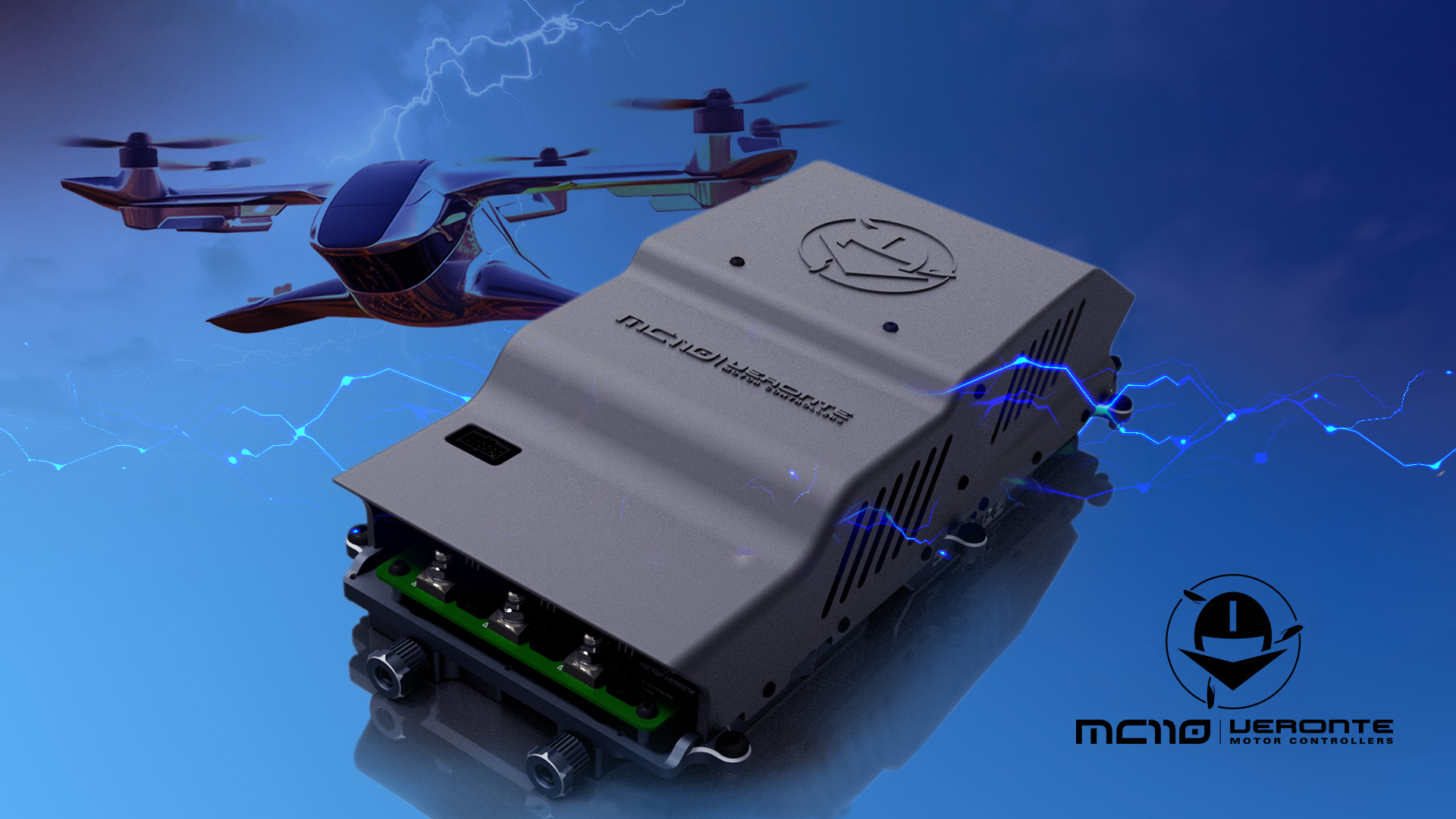

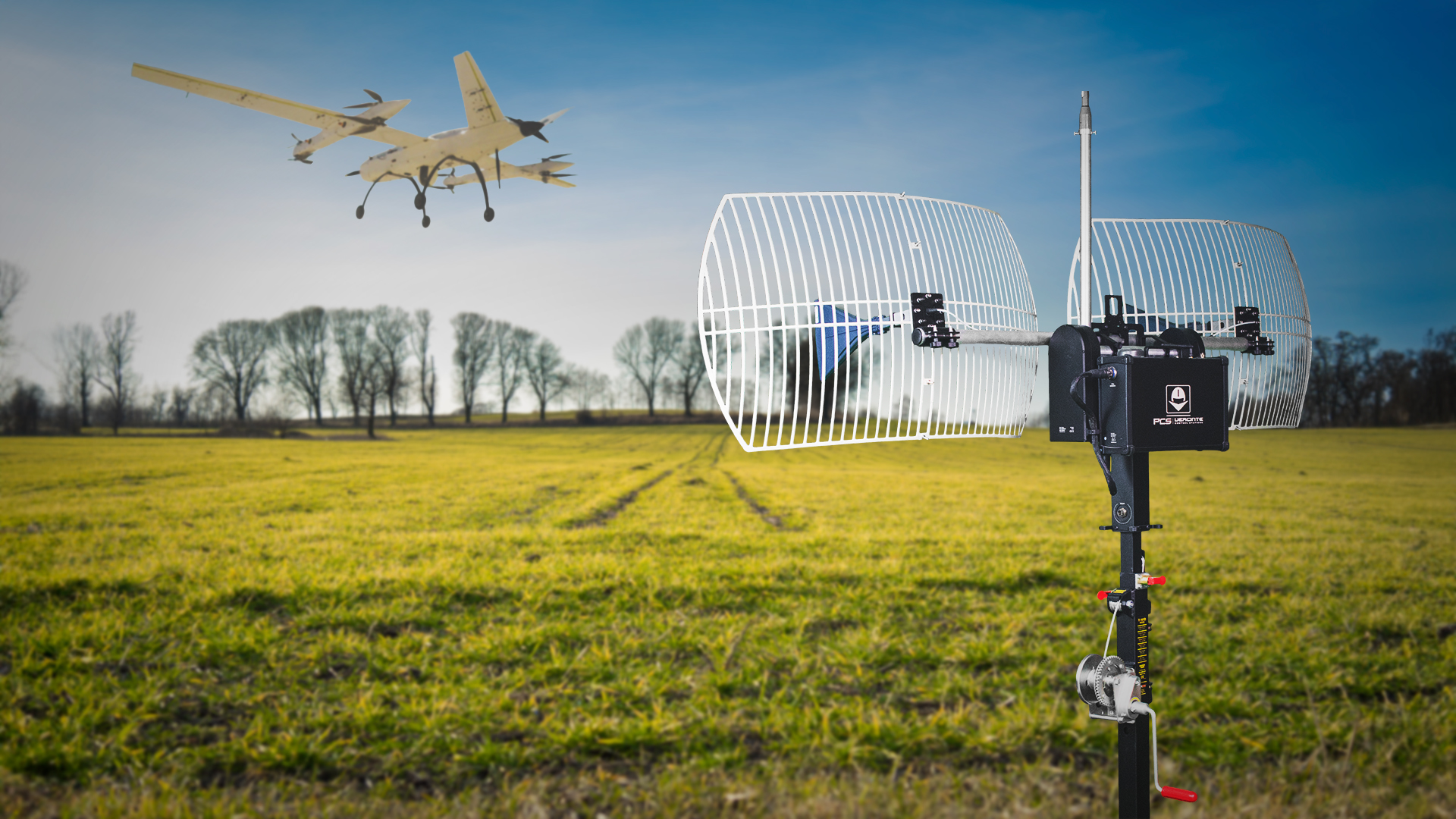

0 Comments